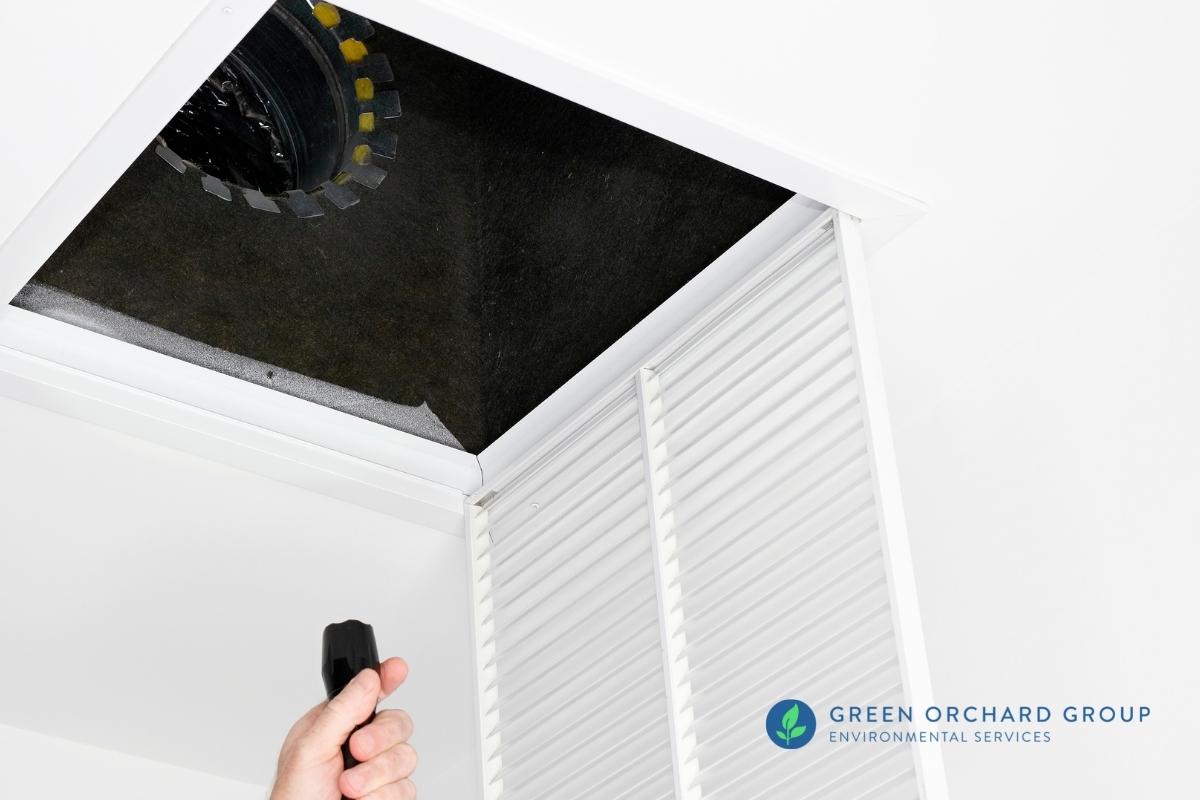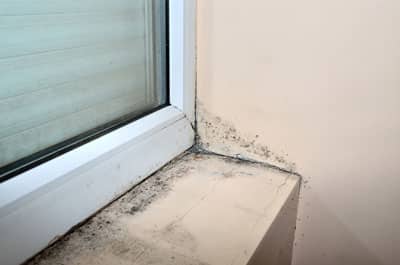Effective Post Mold Remediation Cleaning Protocols
Wiki Article
Your Ultimate Overview to Post Mold Removal Techniques
Navigating the realm of post-mold remediation techniques is a meticulous process that demands focus to information and a thorough understanding of the intricacies entailed. In the consequences of mold infestation, recognizing just how to efficiently eliminate the mold and mildew and avoid its reoccurrence is critical for keeping a healthy and balanced indoor setting. From choosing the right cleansing and decontaminating methods to implementing techniques for long-lasting mold avoidance, each step in the removal journey plays an essential duty in making sure a successful result. As we embark on this expedition of post-mold remediation methods, we will discover the key methods and best techniques that can assist you restore your room to its pre-mold problem and protect it against future mold risks.Understanding Post-Mold Remediation Refine
After completing the mold and mildew remediation procedure, it is critical to comprehend the post-mold removal strategies that are required to guarantee a complete and efficient cleanup. Once the mold has actually been gotten rid of, the following action includes cleansing and decontaminating the impacted locations to avoid any regrowth of mold and mildew. This consists of utilizing specialized cleansing representatives to wipe down surface areas and kill any kind of staying mold spores. It is necessary to dry the area completely to discourage the development of mold and mildew in the future (Post Remediation verification). Correct ventilation and dehumidification can help in this process.
Furthermore, performing a final assessment post-remediation is vital to make certain that all mold and mildew has been effectively removed. If the inspection reveals any type of remaining mold, additional remediation may be necessary.
Effective Cleansing and Sanitizing Methods

Avoiding Future Mold Development

Significance of Appropriate Air Flow
Proper air flow plays a critical duty in protecting against dampness buildup, an essential consider mold growth within indoor atmospheres. Effective air flow systems assist get rid of excess moisture from page the air, lowering the chances of mold spores discovering the wetness they require to sprout and spread out. Without ample air flow, interior spaces can become a reproduction ground for mold and mildew, causing prospective health and wellness dangers and architectural damages.By making sure correct air blood circulation, ventilation systems can also help in drying moist areas faster after water damage or flooding cases, additionally hindering mold and mildew development. Post Mold remediation cleaning. In spaces like bathrooms, cellars, attic rooms, and cooking areas where dampness levels have a tendency to be greater, mounting and preserving efficient ventilation systems is critical in stopping mold and mildew problems

Monitoring and Maintenance Tips
Provided the crucial function that appropriate ventilation plays in protecting against mold growth, it is imperative to establish efficient tracking and upkeep pointers to ensure the continued capability of air flow systems. Routine examinations of air flow systems must be carried out to look for any indicators of clogs, leaks, or malfunctions that could restrain proper airflow. Surveillance moisture levels within the home is also critical, as high moisture can add to mold and mildew development. Installing a hygrometer can assist track moisture official statement levels and alert home owners to any spikes that may call for interest. In addition, ensuring that air filters are consistently cleaned or replaced is crucial for preserving the efficiency of the ventilation system. Executing a routine for regular maintenance tasks, such as air duct cleansing and heating and cooling system evaluations, can help avoid issues before they intensify. By staying conscientious and positive to the condition of air flow systems, homeowner can efficiently alleviate the risk of mold and mildew regrowth and maintain a healthy and balanced interior atmosphere.
Final Thought
To conclude, post-mold remediation strategies are crucial for making certain a safe and clean atmosphere. Recognizing the procedure, executing efficient cleansing and decontaminating techniques, avoiding future mold and mildew growth, preserving appropriate air flow, and routine monitoring are all critical action in the remediation procedure. By adhering to these guidelines, you can efficiently get rid of mold and stop its return, promoting a healthy and balanced living or functioning area for all passengers.In the results of mold and mildew infestation, understanding just how to properly eradicate the mold and mildew and stop its reoccurrence is critical for keeping a healthy indoor setting. As soon as the mold and mildew has actually been gotten rid of, the next step entails cleansing and sanitizing the influenced areas to stop any type of regrowth of mold and mildew - Post remediation mold testing near me. After getting rid of noticeable mold growth, it is essential to clean all surfaces in the affected area to get rid of any kind of continuing to be mold and mildew spores. To even more improve mold avoidance measures, it is vital to attend to underlying concerns that at first led to mold and mildew development.Offered the critical role that correct air flow plays in protecting against mold and mildew growth, it is essential to establish efficient tracking and maintenance tips to make sure the ongoing capability of air flow systems
Report this wiki page